
Onawa is a city in, and the county seat of, Monona County, Iowa, United States. The population was 2,906 at the time of the 2020 Census. It is the largest town on the Iowa side of the Missouri River between Council Bluffs and Sioux City.

Neodesha is a city in Wilson County, Kansas, United States. As of the 2020 census, the population of the city was 2,275. The name is derived from the Osage Indian word, Ni-o-sho-de, and is translated as The-Water-Is-Smoky-With-Mud.

Sparta is a village in Kent County in the U.S. state of Michigan. The population was 4,244 at the 2020 census. The village is located within Sparta Township.

Grand Pass is a village in Saline County, Missouri, United States. The population was 66 at the 2010 census.

Eagle is a village in southwest Cass County, Nebraska, United States. As of the 2020 census, the village population was 1,065.

Alma is a city in Harlan County, Nebraska, United States. The population was 1,133 at the 2010 census. It is the county seat of Harlan County.

Chambers is a village in Holt County, Nebraska, United States. The population was 268 at the 2010 census.
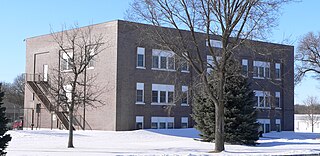
Center is a village in, and county seat of, Knox County, Nebraska, United States. The population was 73 at the 2020 census.
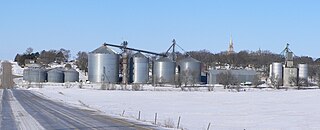
Tarnov is a village in Platte County, Nebraska, United States. The population was 46 at the 2010 census.
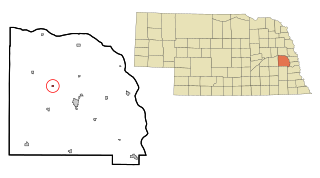
Malmo is a village in Saunders County, Nebraska, United States. The population was 94 at the 2020 census.

Memphis is a village in Saunders County, Nebraska, United States. The population was 109 at the 2020 census.
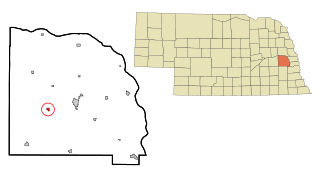
Weston is a village in Saunders County, Nebraska, United States. The population was 250 at the 2020 census.

Bruning is a village in Thayer County, Nebraska, United States. The population was 285 at the 2020 census.

Winnebago is a village in Thurston County, Nebraska, United States. The population was 916 at the 2020 census.

Washington is a village in Washington County, Nebraska, United States. The population was 150 at the 2010 census.
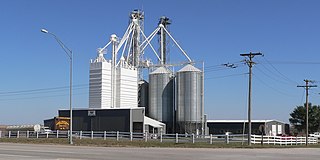
Bartlett is a village in, and the county seat of, Wheeler County, Nebraska, United States. The population was 117 at the 2010 census.

Bena is a city in Cass County, Minnesota, United States. The population was 116 at the 2010 census. It is part of the Brainerd Micropolitan Statistical Area.

Stark is a town in Coös County, New Hampshire, United States. The population was 478 at the 2020 census, a decline from the figure of 556 tabulated in 2010. It has a famous covered bridge. The town includes the villages of Percy and Crystal as well as the village of Stark, located on the Upper Ammonoosuc River. New Hampshire Route 110 runs through Stark, east from U.S. Highway 3 in Groveton and northwest from Route 16 in Berlin. Much of the town is within the boundaries of the White Mountain National Forest.

Tonkawa is a city in Kay County, Oklahoma, United States, along the Salt Fork Arkansas River. The population was 3,015 as of the 2020 United States census.

Germantown is a village in Washington County, Wisconsin, United States. The population was 20,917 at the 2020 census. The village surrounds the Town of Germantown. In July 2007, Germantown was ranked the 30th most appealing place to live in the United States by Money Magazine.





















